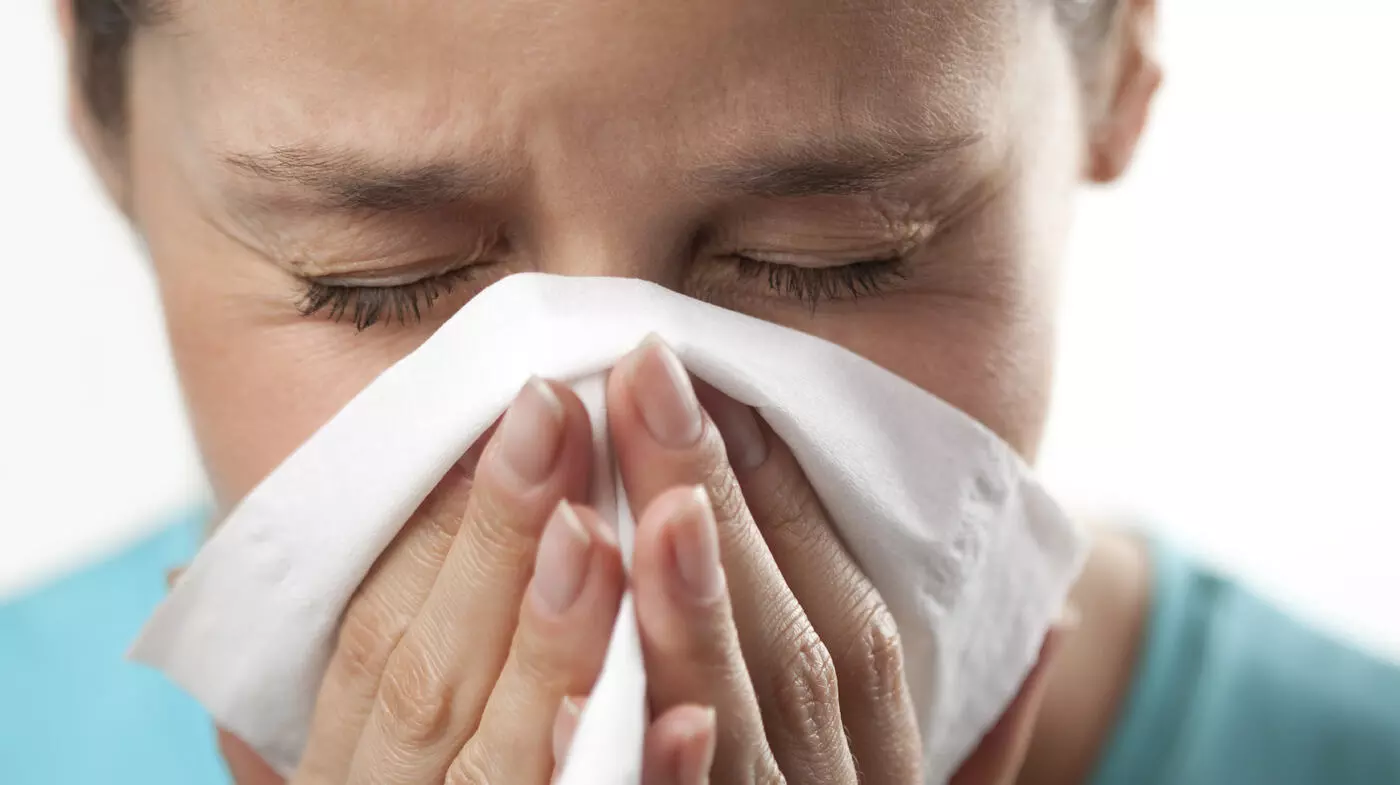Don’t panic, follow simple precautionary measures to safeguard against flu virus this Sankranthi
Usually, the symptoms subside within a week with the required medication, which includes taking paracetamols, warm salt-water gargling or steam inhalation and consuming prescribed antiviral medication, if needed
By Sulogna Mehta
Hyderabad: Even as the Coronavirus cases are on the rise, viral fevers have also become a common occurrence, affecting almost every household in the city. The dip in mercury and transition from one season to the next usually results in more patients getting hit with viral fevers this time of the year.
On top of that, lakhs of people home-bound for the Sankranthi festival will further increase the chances of a spike in cases in the coming days.
As per doctors, the Covid-19 positivity rate in India is around three times less than the influenza positivity rate. “The Covid positivity rate in India is around 5 per cent at present while the influenza positivity rate is around 15 per cent. Still, 75 per cent of various respiratory viral infections are influenza type while 25 per cent of respiratory infections are due to Covid,” said Dr Kiran Madhala, professor and anaesthesiologist at Nizamabad Government Hospital.
No need to panic
However, there is no need to panic about viral fevers, respiratory infections and influenza, if the public takes proper precautions, especially while travelling in public transport or while visiting crowded places.
People affected by influenza and other viral fevers should watch the symptoms, opt for symptomatic treatment and if the fevers do not subside within two to three days even after taking medication, should visit a doctor.
As for Covid, JN.1, the primary sub-variant of Omicron, is a fast-spreading virus but most of the cases are mild and hospital admission is not required. Unless one is immuno-compromised and has co-morbidities or develops breathlessness, there is no cause for worry, said Dr Kiran.
Common flu and viral fever symptoms
Symptoms include fever, usually with chills, body aches, headache, fatigue, a loss of appetite, a feeling of dehydration, cough, stuffy or runny nose, burning eyes, sore throat, nausea, and even shortness of breath in some cases.
Usually, the symptoms subside within a week with the required medication, which includes taking paracetamols, warm salt-water gargling or steam inhalation and consuming prescribed antiviral medication, if needed.
Dos and don’ts to steer clear of flu
Mask up in crowds: While travelling in public transport or visiting a crowded place like a shopping mall, a place of worship or a movie theatre, the best precaution would be wearing a disposable surgical mask. In the absence of a mask, one can easily get infected from the coughing and sneezing of people who may be carrying the virus.
Hand hygiene: Carry sanitisers and soap strips outdoors. Hand hygiene, especially before eating or before touching the face with the hand, plays a key role in preventing a plethora of ailments including flu.
Isolate: If a family member is already infected, the person should stay in isolation for a few days so that the highly contagious virus does not infect others through direct contact.
Warm clothes: Wear appropriate warm clothes to avoid exposure to the cold, and cover the ears and throat while travelling at night, especially if the wind is cold.
Gargling: Gargle with betadine solution or warm salt water after reaching home as it safeguards against various pathogens from causing a sore throat and reduces inflammation.
Symptomatic treatment: In case of experiencing flu-like symptoms, take paracetamols but avoid any other medication that requires medical advice, drink a lot of warm fluids, take adequate rest inside the house and prevent further exposure to cold. If the fever and other symptoms do not subside within two to three days, consult a physician and get prescribed tests done.